How to Repair a Cracked Garage Floor
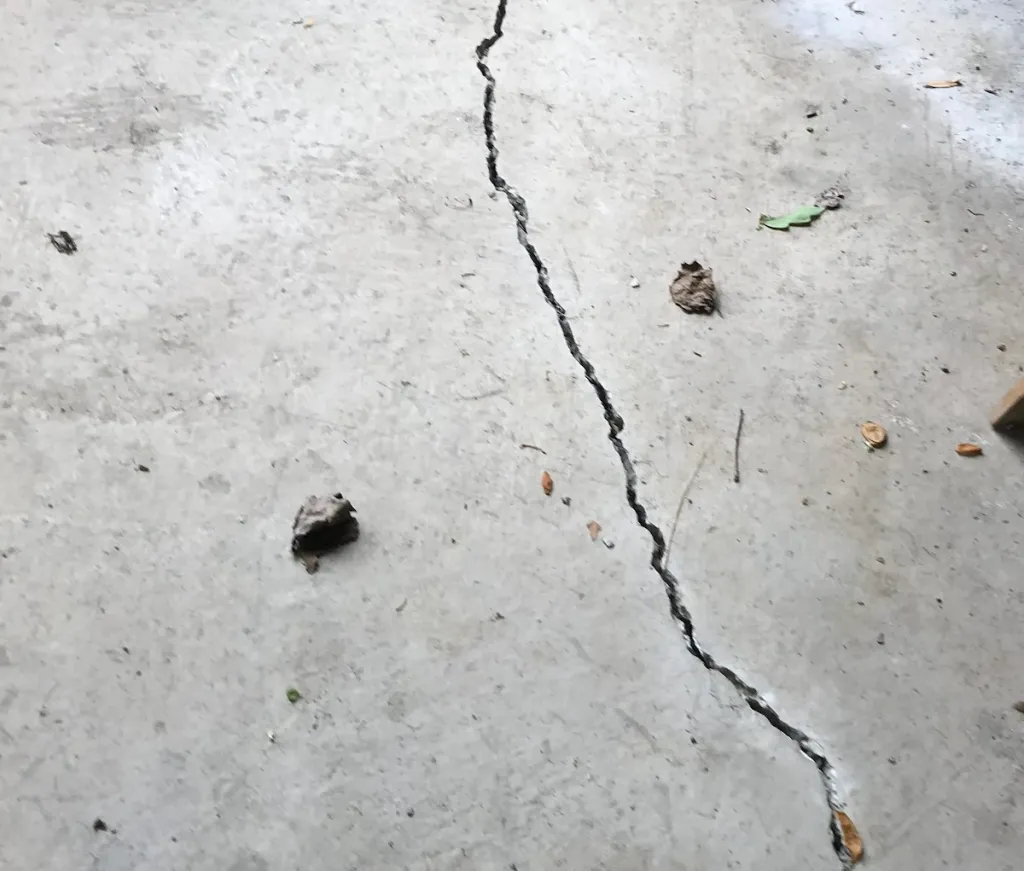
A garage is more than just a place to park your vehicle; it’s a valuable extension of your home that protects your belongings and provides additional workspace. However, concrete garage floors can develop cracks due to various factors, compromising their structural integrity and aesthetic appeal.
This page explains the benefits of professional garage floor repair using advanced concrete lifting methods and the importance of addressing damage promptly.
What is Garage Floor Repair?
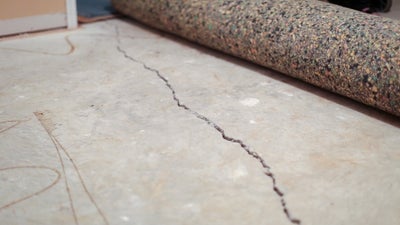
Garage floor repair involves using specialized materials to address concrete cracks, uneven floors, and other damage. The process typically includes cleaning the affected area, filling cracks, and resurfacing the floor to restore its smoothness and durability. Professional repair services may also involve slab leveling using more advanced techniques. Concrete repair improves the appearance and structural integrity of cracked floors.
The Benefits of Garage Floor Repair
Repairing a cracked garage floor provides several benefits, including:
- Improved Safety: Repairing cracks and uneven garage floor surfaces eliminates safety hazards.
- Enhanced Durability: Repairing garage floor cracks prevents further damage and extends concrete lifespan.
- Increased Property Value: A well-maintained garage floor can increase property value.
- Improved Aesthetics: Repairing cracks enhances the garage’s appearance.
Promptly repairing concrete cracks prevents further deterioration and minimizes the risk of extensive damage.
Types of Garage Floor Repair
The method used for garage floor repair depends on the extent of the damage. Here are the common repair types:
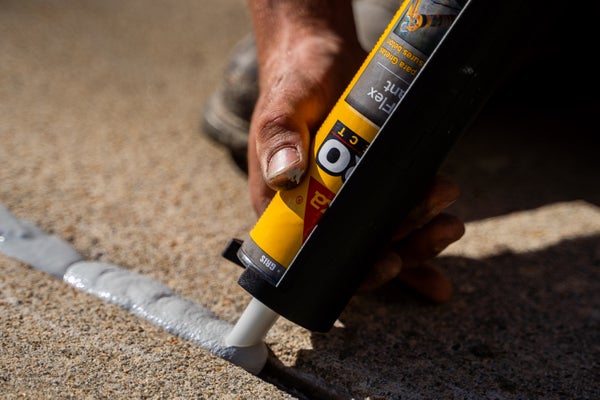
Sealants
Crack sealants address hairline fractures and small concrete surface separations. They are not sufficient for addressing larger concrete issues or underlying structural problems. There are two common filler types:
- Epoxy: A two-part, durable filler that bonds well with concrete but requires careful application for a smooth finish.
- Polyurethane Caulk: This sealant is suitable for minor cracks; its flexibility allows for slight concrete movements.
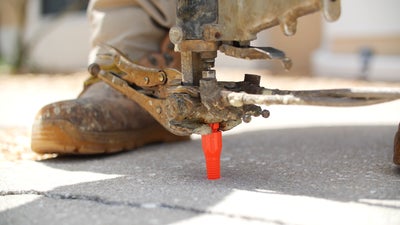
Slab Leveling
Large cracks, uneven slabs, and sinking concrete areas require professional repair for a long-term solution. Professional repair methods include:
- Mudjacking: This temporary repair method uses a grout slurry injection beneath the slab to lift and level the concrete.
- Polyurethane Foam Injection: This long-term repair method uses a lightweight foam to lift and stabilize slabs and address underlying causes of damage.
What is PolyRenewal™ Concrete Lifting?
Groundworks offers the exclusive PolyRenewal™ polyurethane foam injection that addresses the underlying causes of concrete cracks while leveling and stabilizing the slab. The process includes these steps:
- Drill small, strategically placed holes in the damaged garage floor areas.
- Inject high-density polyurethane foam through these holes.
- The foam rapidly expands beneath the surface, filling voids and lifting the concrete to a level position.
- Fill the drilled holes and smooth the garage floor surface for a seamless finish.
PolyRenewal™ is quick, efficient, and offers a durable solution for repairing cracked garage floors.
Groundworks Offers Expert Garage Floor Repair
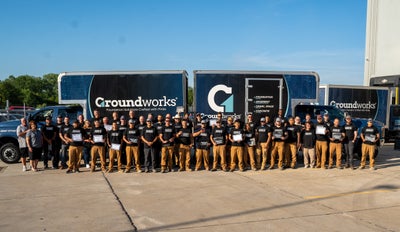
Maintaining a safe and functional garage is crucial for enhancing your property’s safety, visual appeal, and value. We offer proprietary solutions that ensure lasting results.
Contact Groundworks for a free inspection and enjoy a solution tailored to your property’s needs.